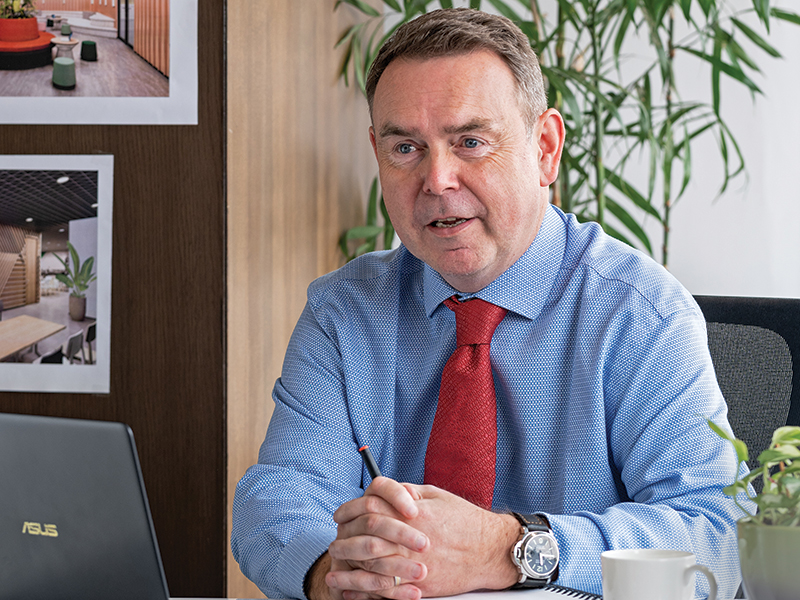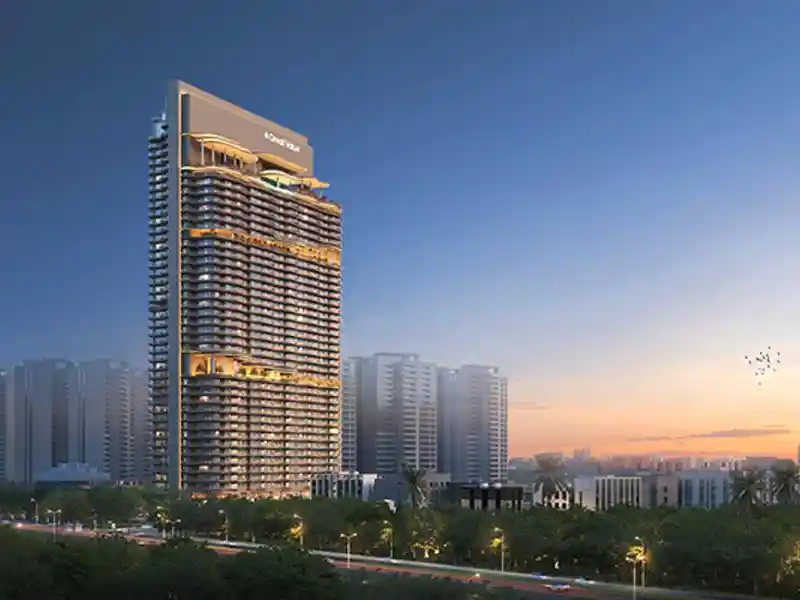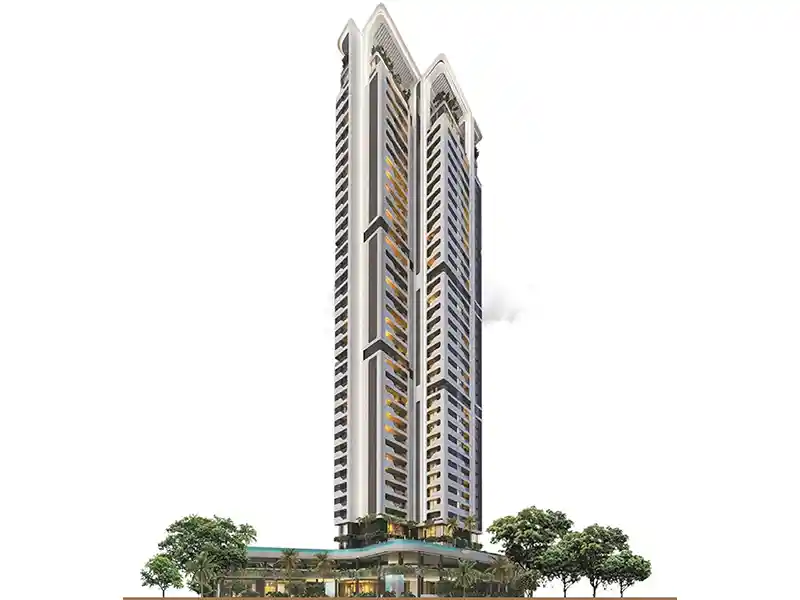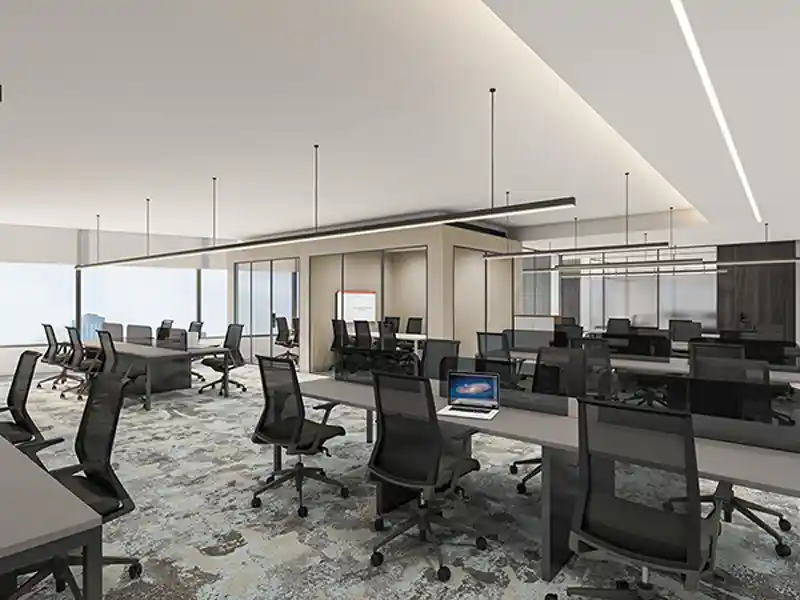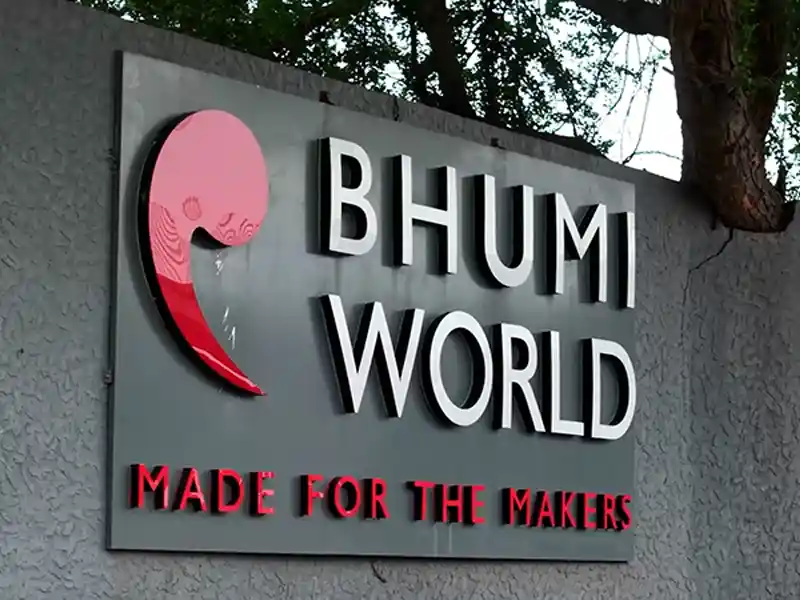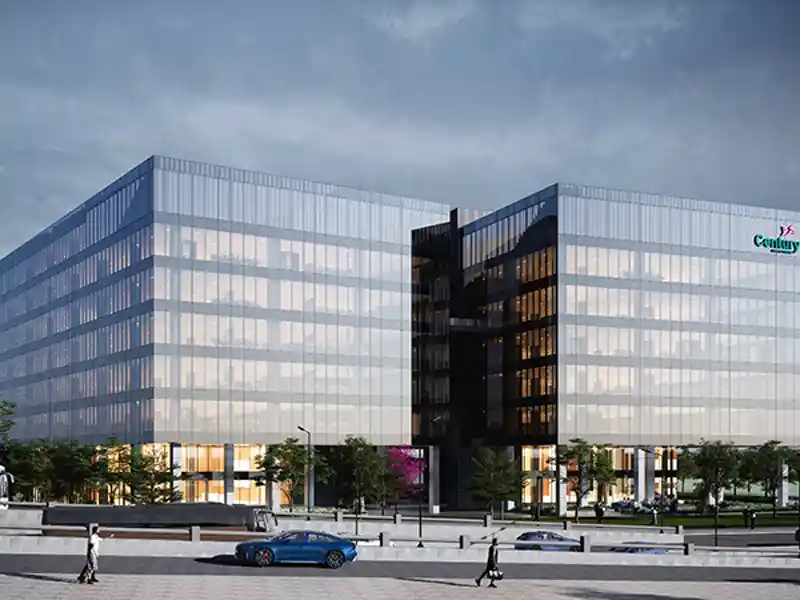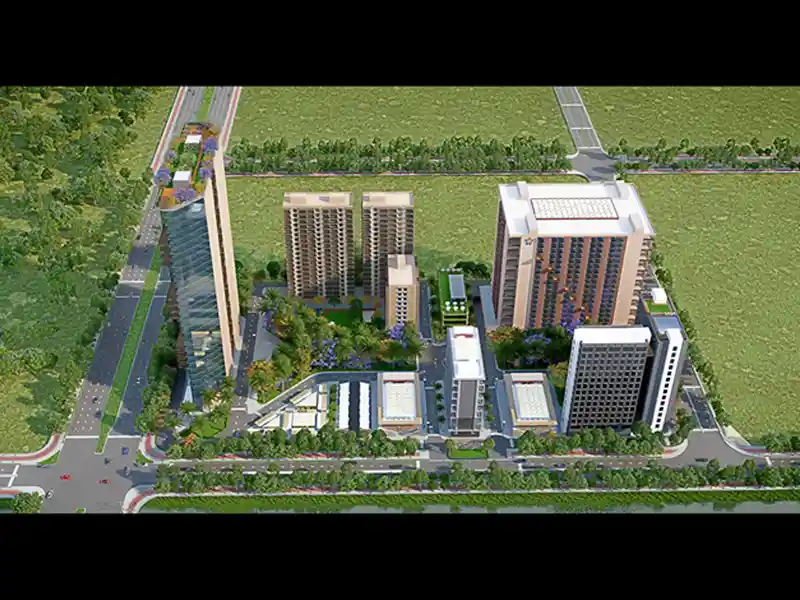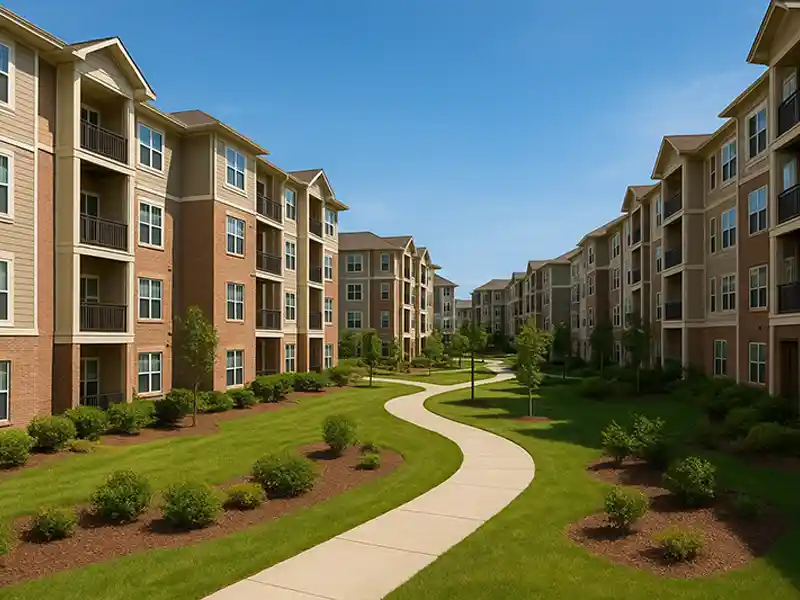Sustainable projects achieve significant savings in terms of operating costs, occupant productivity, brand reputation, and environmental impact.
Brian Pilley - Head of India Operations, M Moser Associates
Projects need to go green to create a more sustainable future for the generations to come. Designing sustainable spaces bring benefits like improved health and well-being, increased productivity, reduced operating costs, and lower carbon footprints. Sustainable buildings achieve several associated savings since they consume less energy, water, and other resources, which results in lower utility bills and operating costs over time. They improve indoor air quality, reduce noise levels, and have a lower environmental impact, which help companies achieve their sustainability goals and reduce their carbon footprints.
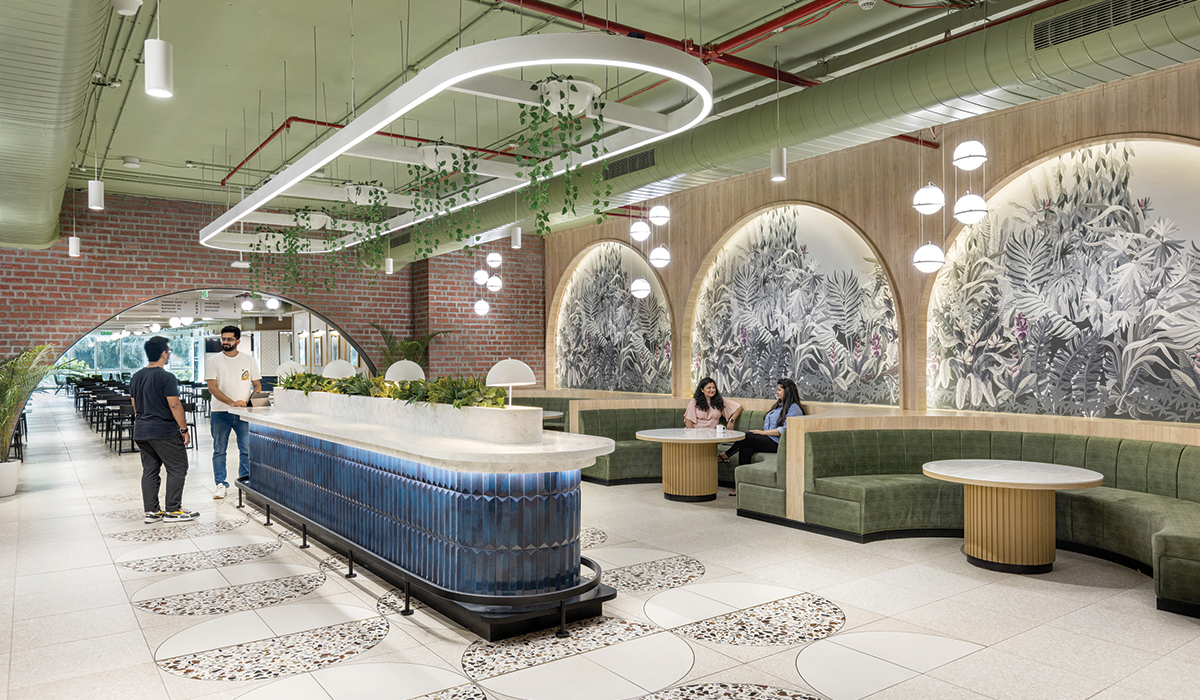
Companies that invest in sustainable buildings demonstrate their commitment to environmental and social responsibility, which enhances their brand reputation and attracts customers and talent.
At M Moser, we use eco-friendly and recycled materials like reclaimed wood, recycled metal and glass, and we use low VOC materials that improve indoor air quality and reduce harmful emissions. In most of our project designs, we incorporate biophilic materials such as living walls, green roofs, and natural stone, and sustainable building materials like bamboo, cork, and FSC-certified wood, which are renewable and have a lower environmental impact.
Our design approach is to integrate sustainability into every stage of the design process to create high-performance buildings. We use energy-efficient HVAC systems, solar panels, and we create spaces that are flexible and adaptable to extend the life cycle of buildings and reduce waste over time. In fact, M Moser is pursuing certifications such as LEED which recognizes buildings that meet strict environmental standards.
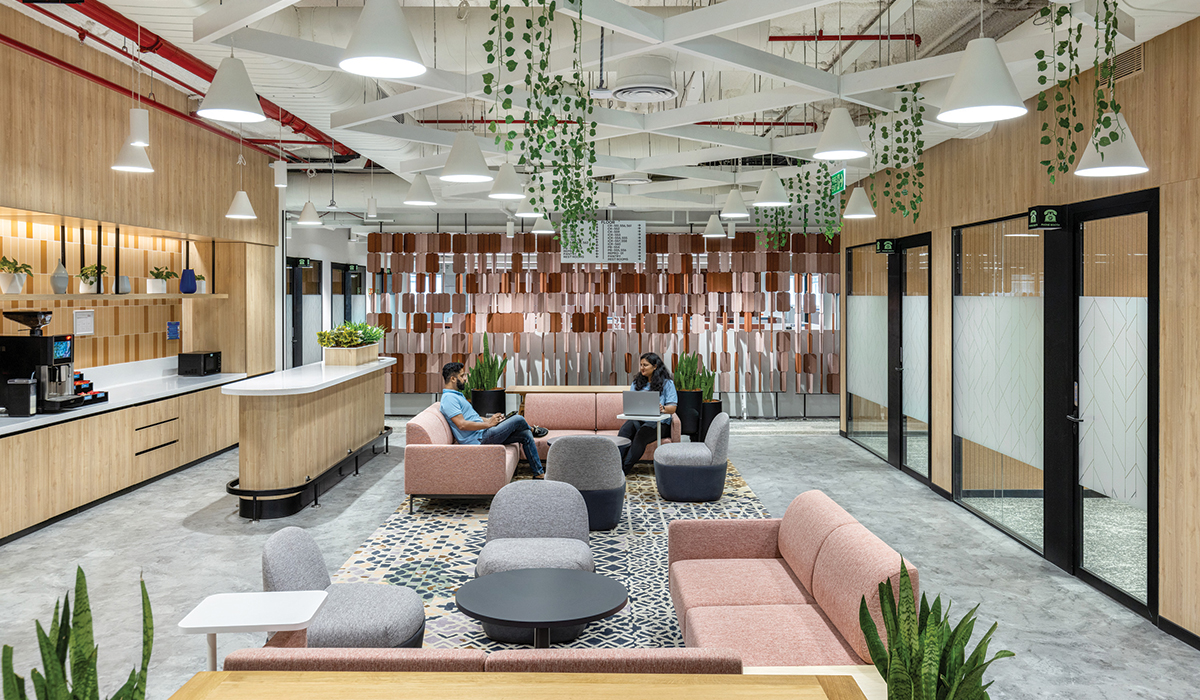
We are finding that our work with developers is taking place due to 3 key reasons: quite a few of the buildings in business parks are 15-20 years old and the associated MEP services are coming to the end of their practical life. If the developer is considering upgrading their existing buildings, it makes sense to aim for the most up-to-date sustainability practices. We also find that many public spaces are looking dated so refreshing them will make the buildings more attractive to potential tenants.

